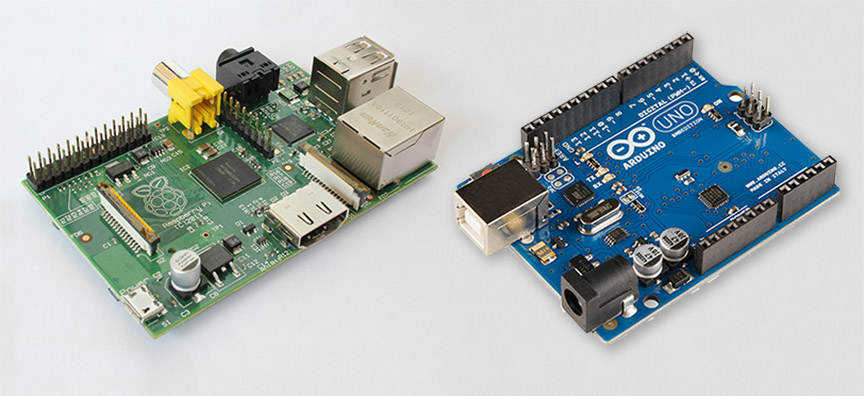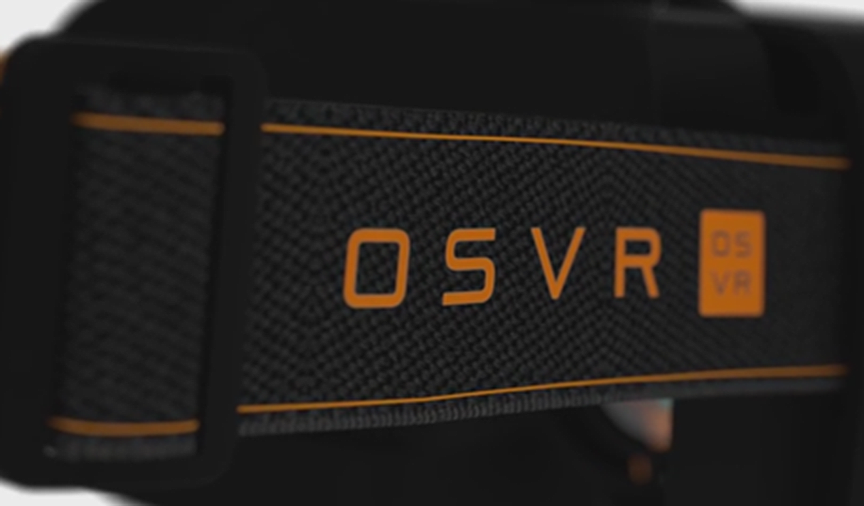The world is changing – can you hack it? At Leap Motion, we believe that the next wave of technological interfaces will rely on the original human operating system: your hands. Whether you’re giving people the power to grab a skeleton, reaching into a human heart, or teaching anyone how to program, hands are powerful.
// Hardware
In the tech world, “making the world a better place” has become a bit of a cliché. But with over a billion people living with some form of disability or impairment, medical technology can make a huge difference in people’s everyday lives. That’s why Virtualware is using Leap Motion technology to help people recovering from […]
On your mark, get set, GO! This morning, our second annual 3D Jam kicks off with developers around the world competing for over $75,000 in cash and prizes – building brand new experiences for virtual reality, desktop, mobile, and beyond. Submissions are now open at itch.io/jam/leapmotion3djam.
With the 3D Jam just around the corner, we thought we’d give you a headstart – with a full guide to the very latest resources to bring your to life. In this post, we’ll cover everything you need to know about our integrations and best practices for augmented and virtual reality, desktop, and the Internet of Things. A […]
Our second annual 3D Jam kicks off in just a few weeks, and it’s bigger than ever! Today we’re excited to announce new prizes for competitors, bringing up our prize total to over $75,000. And we’re just getting started. Beginning September 28th, developers around the world will compete to build the most amazing motion-controlled experiences […]
When the Leap Motion Controller made its rounds at our office a couple of years ago, it’s safe to say we were blown away. For me at least, it was something from the future. I was able to physically interact with my computer, moving an object on the screen with the motion of my hands. And that was amazing.
Fast-forward two years, and we’ve found that PubNub has a place in the Internet of Things… a big place. To put it simply, PubNub streams data bidirectionally to control and monitor connected IoT devices. PubNub is a glue that holds any number of connected devices together – making it easy to rapidly build and scale real-time IoT, mobile, and web apps by providing the data stream infrastructure, connections, and key building blocks that developers need for real-time interactivity.
With that in mind, two of our evangelists had the idea to combine the power of Leap Motion with the brains of a Raspberry Pi to create motion-controlled servos. In a nutshell, the application enables a user to control servos using motions from their hands and fingers. Whatever motion their hand makes, the servo mirrors it. And even cooler, because we used PubNub to connect the Leap Motion to the Raspberry Pi, we can control our servos from anywhere on Earth.

For hardware hackers, boards like Arduino and Raspberry Pi are the essential building blocks that let them mix and mash things together. But while these devices don’t have the processing power to run our core tracking software, there are many ways to bridge hand tracking input on your computer with the Internet of Things.
In this post, we’ll look at a couple of platforms that can get you started right away, along with some other open source examples. This is by no means an exhaustive list – Arduino’s website features hundreds of connective possibilities, from different communication protocols to software integrations. Whether you connect your board directly to your computer, or send signals over wifi, there’s always a way to hack it.
The frustrating thing about raw Twitter data is that it tends to remove the very element that makes the platform so interesting in the first place: the nuance of human sentiment. But what if you could harness the power of that data back with your own two hands, set to music?

Over the last several years, the VR ecosystem has grown and diversified in ways that we could have scarcely imagined. We’re living through a technological Cambrian explosion where each new device and API takes us another inch closer to the Metaverse. But this incredible pace of development has resulted in serious fragmentation, with challenges for users, developers, and platforms alike.

